xiamen ZONEWU LoRaWAN Water Quality NO3- Nitrate Ion Sensor is a power-saving wireless networking monitoring device that can collect water quality data, monitor in real-time, and send information. It is not afraid of light interference and can adjust the detection results based on temperature. It can transmit over long distances using LoRaWAN wireless protocol, making it particularly suitable for real-time monitoring in water for long periods of time.
Produktmodell :
LW117-NO3-Stromversorgungsmodus :
Battery or External DCFrequenz :
CN470/IN865/EU868/RU864/US915/AU915/ KR920/AS923-1&2&3&4MAC-Version :
LoRaWAN 1.0.3Modus :
OTAA Class A/CGewicht :
150gIntelligent Low-power Water Quality NO3- Ion Sensor
xiamen ZONEWU The LoRaWAN Water Quality NO3- Nitrate Ion Sensor can measure the nitrate ion content in water in real-time through wireless means, and data acquisition and transmission can be completed without wiring.
xiamen ZoneWu LoRaWAN water Quality NO3- Ion Sensor Features:
This sensor can automatically calibrate measurement data with temperature, and can stably output accurate and reliable detection results regardless of whether it is hot or cold.
With the ability of automatic temperature regulation, it is not afraid of environmental changes and can work safely and steadily in any place.
Compared to devices that do not have this function, it measures ion concentration more accurately and can capture subtle changes with precision.
It is connected to the LoRaWAN collector with an aviation plug, and the insertion is very stable, with fast and stable signal transmission without interruption.
After being plugged in, it can wirelessly transmit data without connecting wires, with extremely fast speed and convenient and efficient use.
Whether industrial wastewater meets standards, whether surface water is dry or not, whether drinking water is drinkable, the quality of seawater, and factory ion concentration control can all be measured.
Product Parameters
| Power Supply | 12/24VDC |
| Weight | 150g |
| Operating Temperature | 0~40℃ |
| Measurement Range |
0-100mmg/L,0-1000mg/L(default) Ionic sensors are more susceptible to interference from other ions in the water and can easily cause membrane head failure. Please purchase with caution ! |
| Measurement Error | ±5%FS (25℃) |
| Resolution Ratio |
0-100mg/L:0.01mg/L 0-1000mg/L:0.1mg/L |
| Temperature Measurement Range |
0~50℃,Resolution Ratio:0.1℃ (When manually compensating for temperature, it is set to 25℃ by default.) |
| Probe usage cycle | 3-6 months |
| Pressurization | 0.6Mpa |
| Transmitter Line Length | Default 5m (other lengths can be customized) |
| Frequency |
CN470/IN865/EU868/RU864/US915/AU915/ KR920/AS923-1&2&3&4 |
| Mode | OTAA Class A/C |
| Reporting cycle | 5min (Default) |
| Communication Protocol | LoRaWAN, LoRa TDMA Networking |
|
Equipment information (Reference) |
AppEUI:0000000000000001 DevEUI:aaaa202404150001 AppKey:00001111222233334444555566667777 MAC Version: LoRaWAN 1.0.3 |
Product Applications
1. Ultra sensitive: It can sense extremely small changes in nitrate ions at once.
2. Accurate measurement: The nitrate content data is stable and will not fluctuate.
3. Quick response: The measurement can be completed and results can be provided in the blink of an eye.
4. Anti interference: No matter how many impurities are in the water, it will not affect its measurement.
5. Durable enough: It can work stably for a long time in any environment.
6. Easy to install: It can be quickly used in various places for measuring water quality.
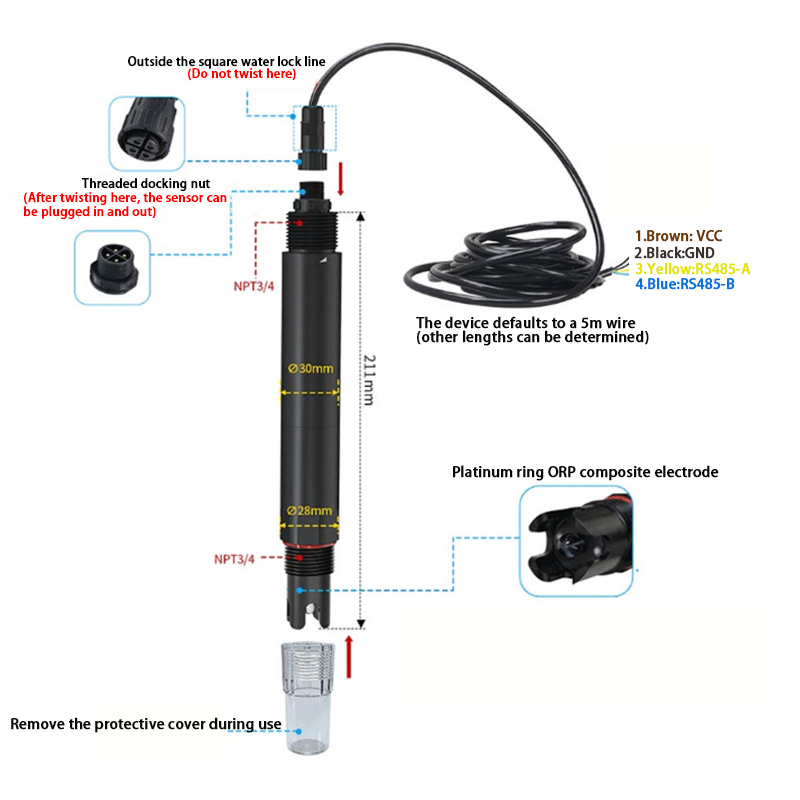
NO3- Ion Transmitter Size and Installation
1.Submerged installation: The lead wire of the equipment is passed through
the waterproof pipe, and the 3/4 thread on the top of the equipment is connected
with the 3/4 thread of the waterproof pipe with raw material tape.Make sure that
the top of the equipment and the equipment lines are free of water.
2. Pipe Installation: Connect to the pipe through the 3/4 thread of the device.
Detailed Images
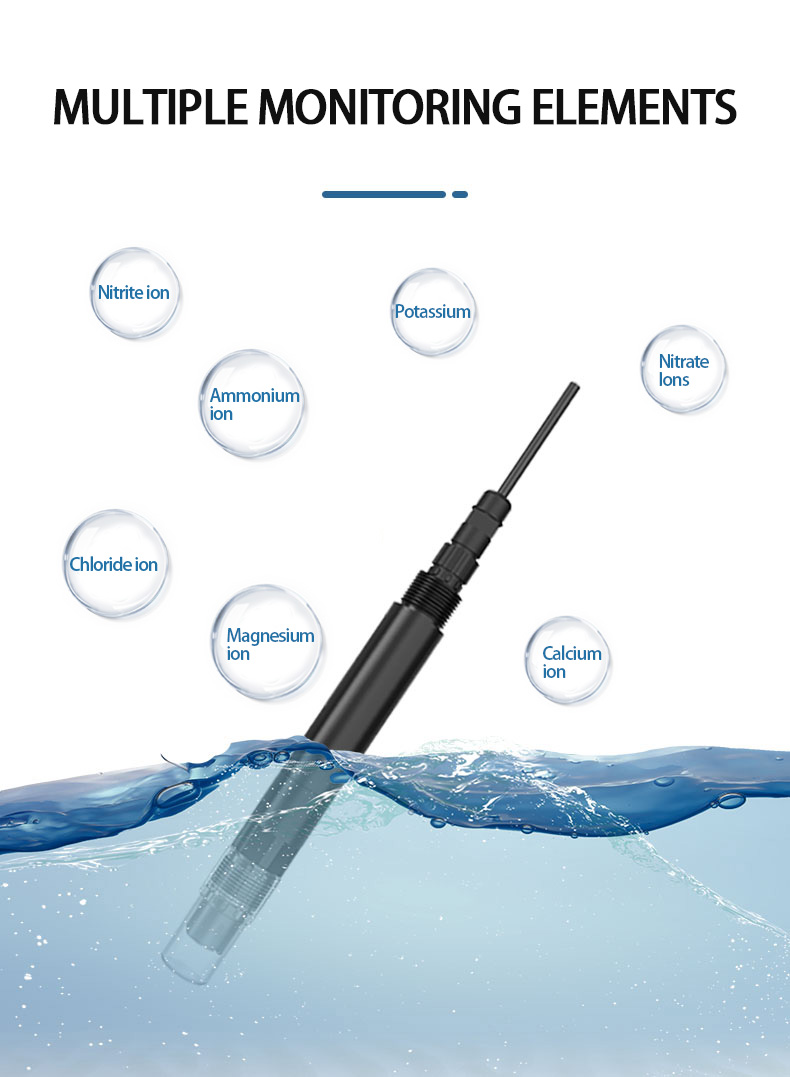
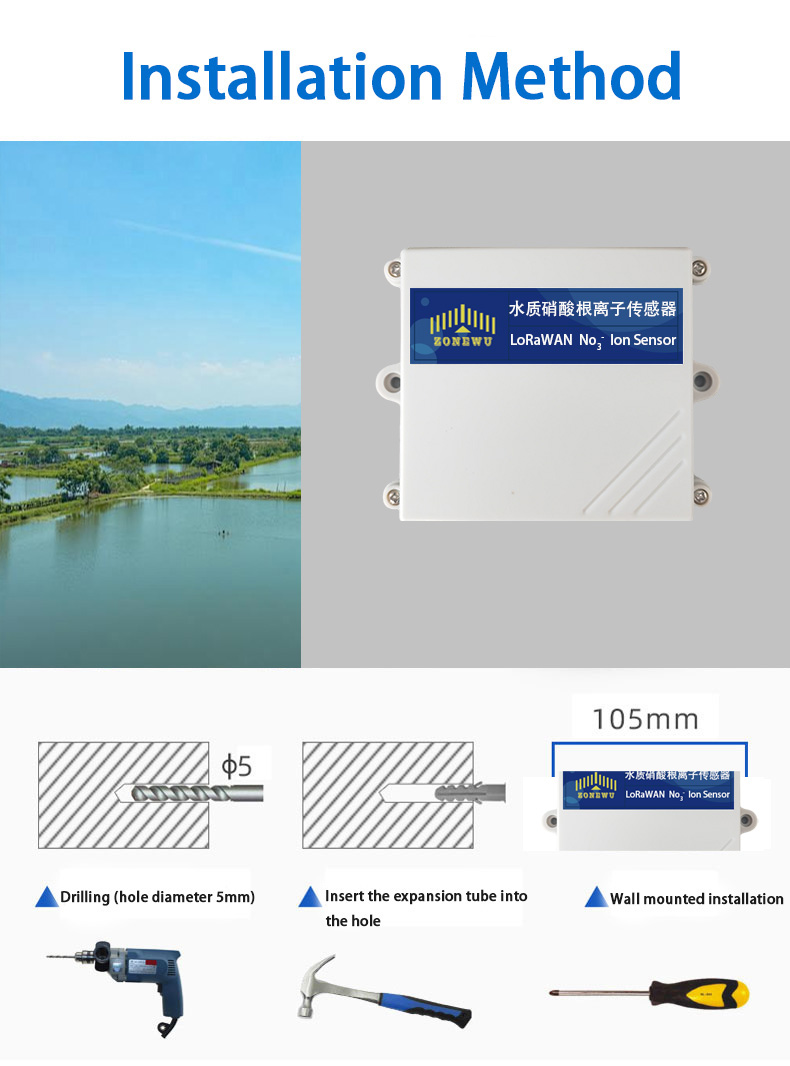
Common knowledge of NO3- Ion
Where do nitrate ions in water come from
The nitrate ions in water mainly come from the dissolution of soil minerals, the loss of fertilizers and pesticides, as well as the discharge of domestic and industrial wastewater. Natural rainfall and microbial activity also contribute to this.
How to measure the nitrate ion content in water
Traditional methods, such as spectrophotometry, require the use of reagents to color ions and then measuring them with instruments. The steps are cumbersome (such as preparing solutions and adjusting pH), and real-time results cannot be obtained. The electrode method is also useful, which can be measured by inserting electrodes and is suitable for quickly obtaining data on site.
How much nitrate in the water is considered excessive
The nitrate content in drinking water generally does not exceed 10 milligrams per liter (10ppm). If it exceeds 0.2-0.3ppm in surface water, it may promote the growth of algae. The discharge standards for industrial wastewater are stricter, and different industries have different requirements. Exceeding the standard will pollute the water body or affect production.
Application Scenarios

Aquaculture
Monitor the calcium ion concentration of aquaculture bodies to ensure the health of aquaculture organisms and the stability of water quality.
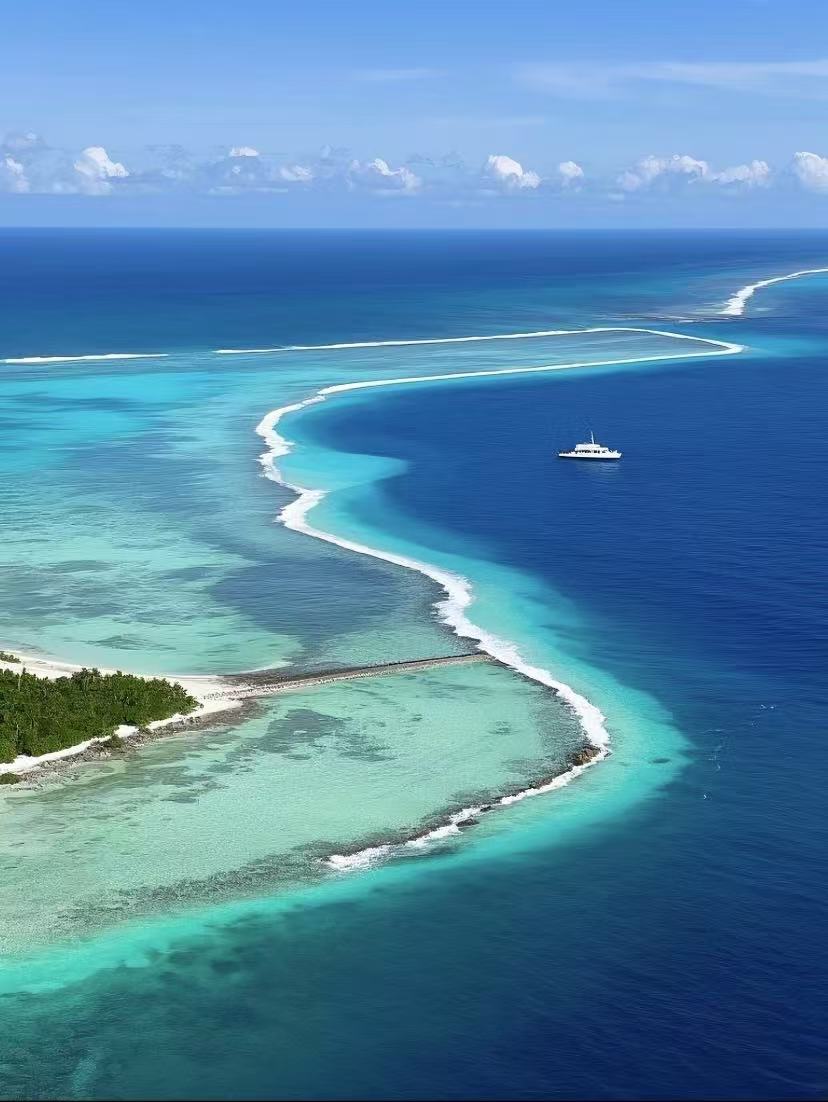
Seawater Monitoring
Monitoring the concentration of calcium ions in seawater is conducive to marine ecological research and the regulation of seawater aquaculture.
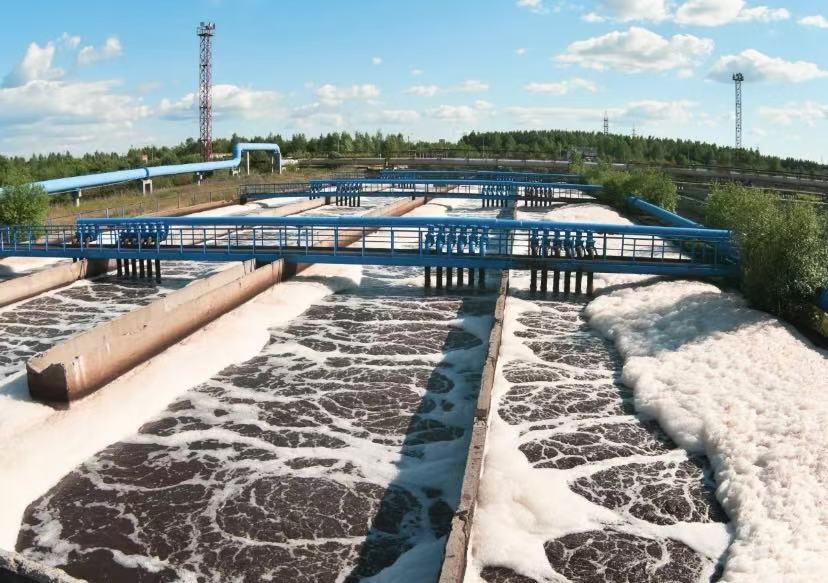
Industrial Wastewater
Monitoring the concentration of calcium ions in industrial wastewater helps with wastewater treatment and achieving compliance with discharge standards.
A:Yes,we can provide you with OEM services and design housings and logos.
3.DO you offer free samples?
A:Sorry,we don't offer free samples.After ordering in bulk,we will deduct the sample fee from the second order.
Why Choose ZONEWU